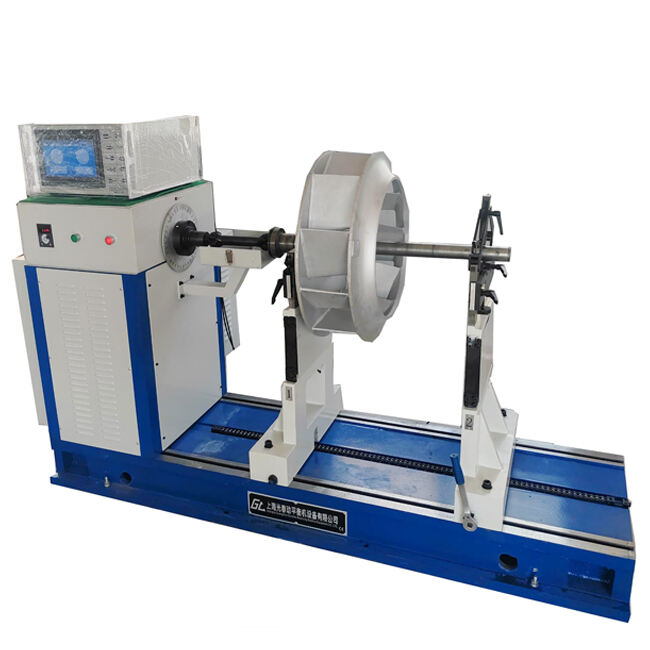איזון רוטור
רוטור איזון הוא רכיב מכאנלי קריטי שנועד להבטיח ביצועים אופטימליים ואריכות טווח במכונות מסתובבות. התקן המתקדם הזה פועל על ידי פיצוי של התפלגות משקל לא אחידה בציוד מסתובב, תוך הפחתת רעידות ומניעת נזקים אפשריים למכונה. הטכנולוגיה כוללת אנטי-משקלים מדויקים והרכבת מנגנוני חישה מתקדמים לצורך זיהוי ותיקון אי-איזונים במהלך הפעלה. רוטורי איזון מודרניים משתמשים בחומרים מתקדמים ובמערכות שליטה ממוחשבות כדי לשמור על איזון מושלם תחת טווח רחב של מהירויות ומצבים תפעוליים. מערכות אלו חיוניות ליישומים תעשייתיים מגוונים, החל מציוד ייצור כבד ועד לכלי מדידה מדויקים. לעיצוב בדרך כלל מוכללים יכולות איזון דינמיות, אשר מאפשרות התאמות בזמן אמת לשם שמירה על ביצועים אופטימליים גם כאשר תנאי הפעולה משתנים. בנוסף, רוטורי האיזון כוללים חומרים עמידים בפני בלאי ולחיפויים הגנתיים כדי להבטיח קיימנות ואמינות בסביבות תעשייתיות קשות. שילוב של חיישנים חכמים ומערכות ניטור מאפשר את תחזוקת החיזוי ואת זיהוי מוקדם של בעיות פוטנציאליות, תוך הפחתה משמעותית של זמני השבתה ועמלות התיקון.


